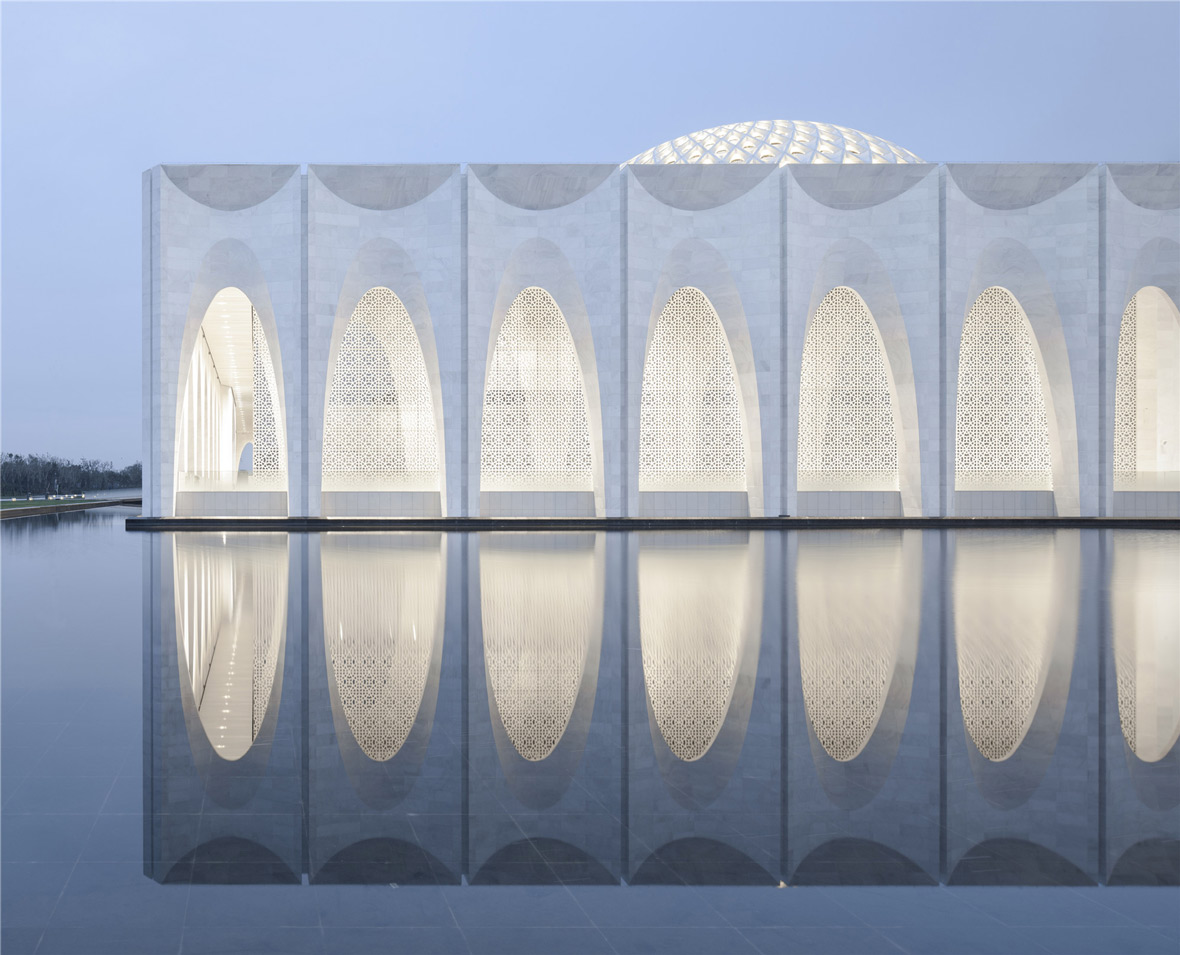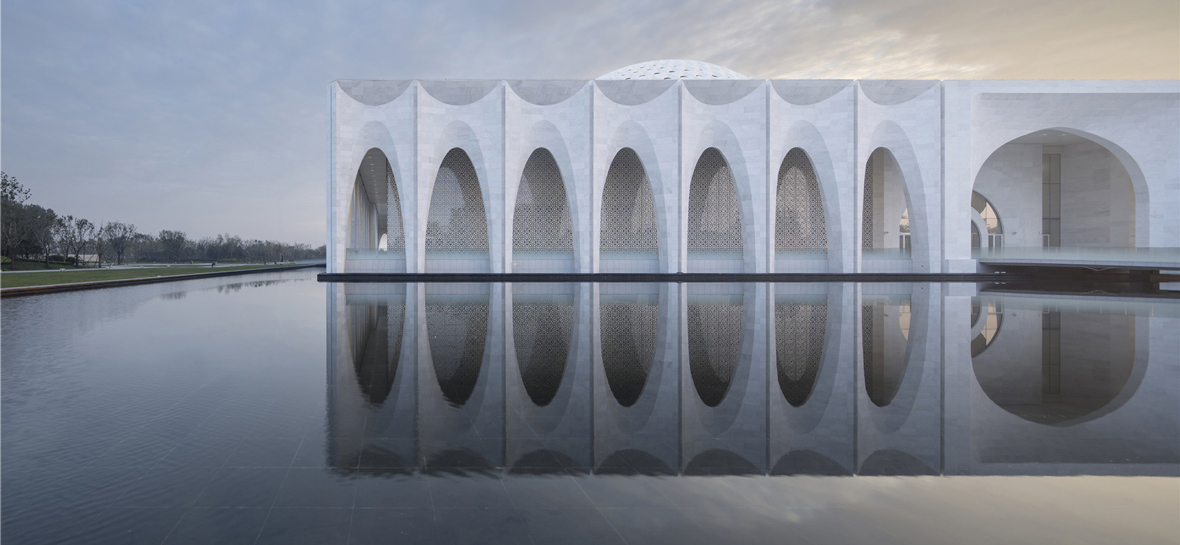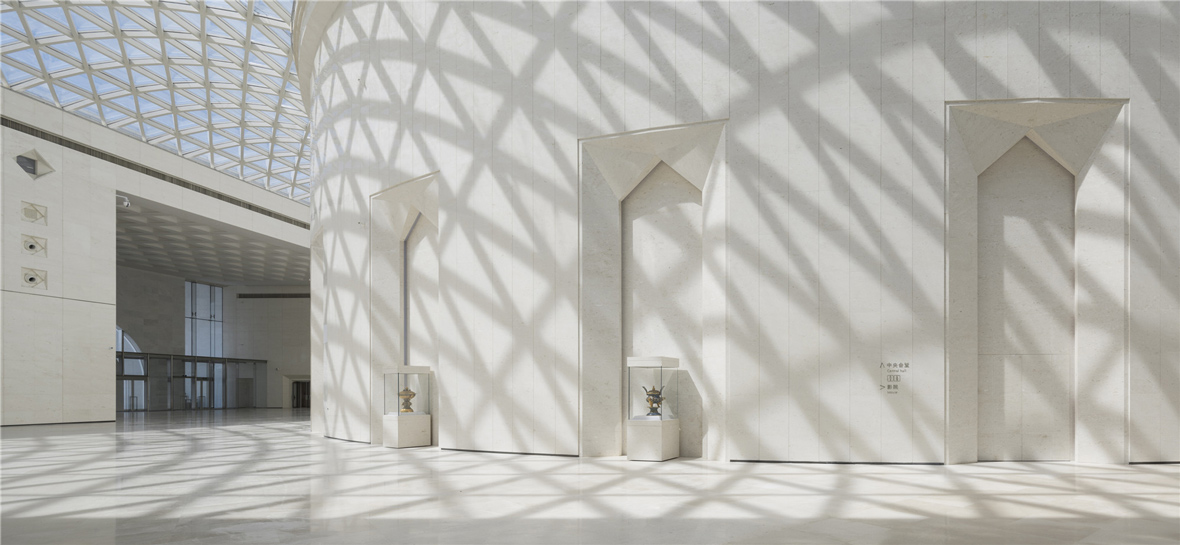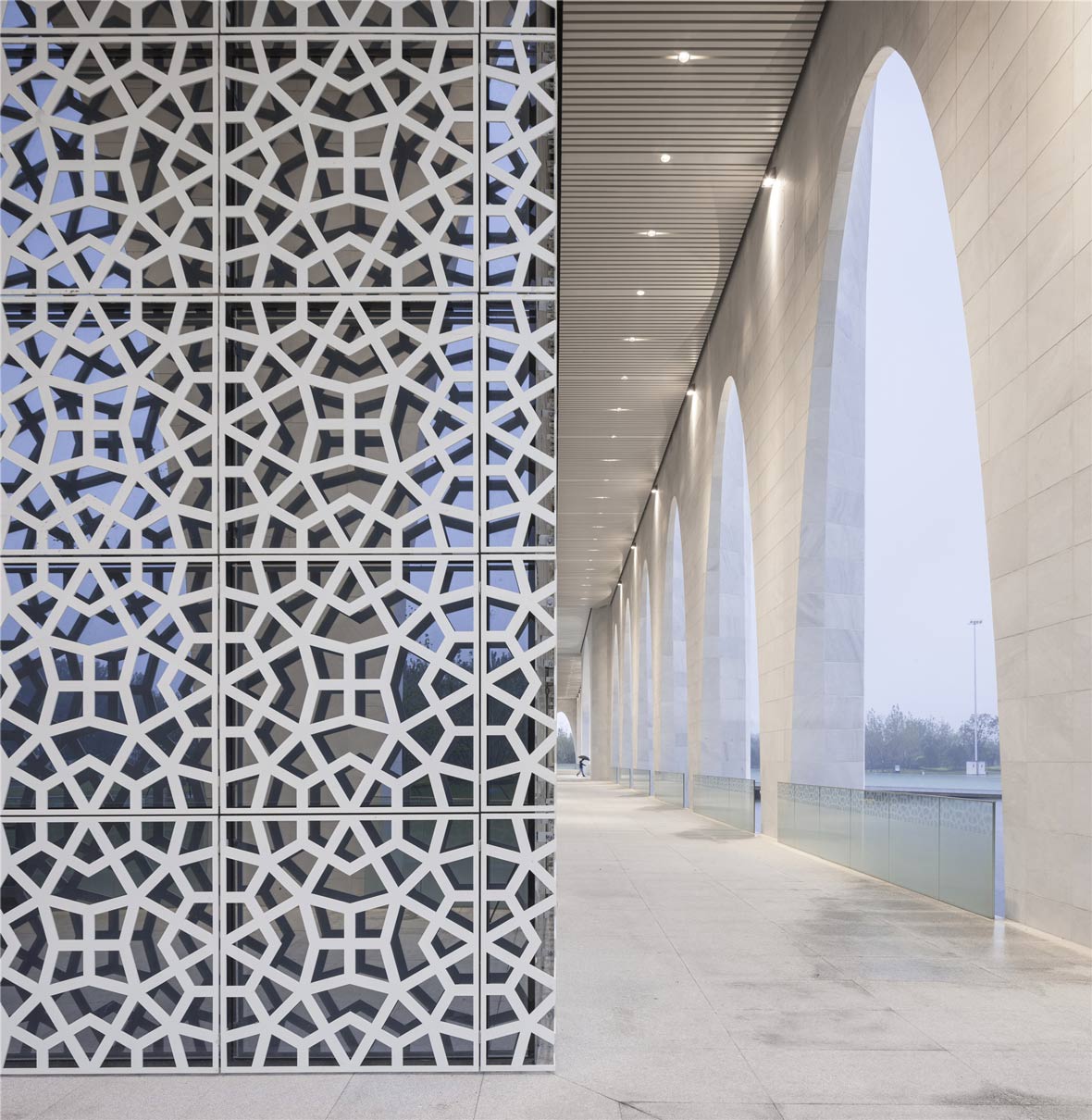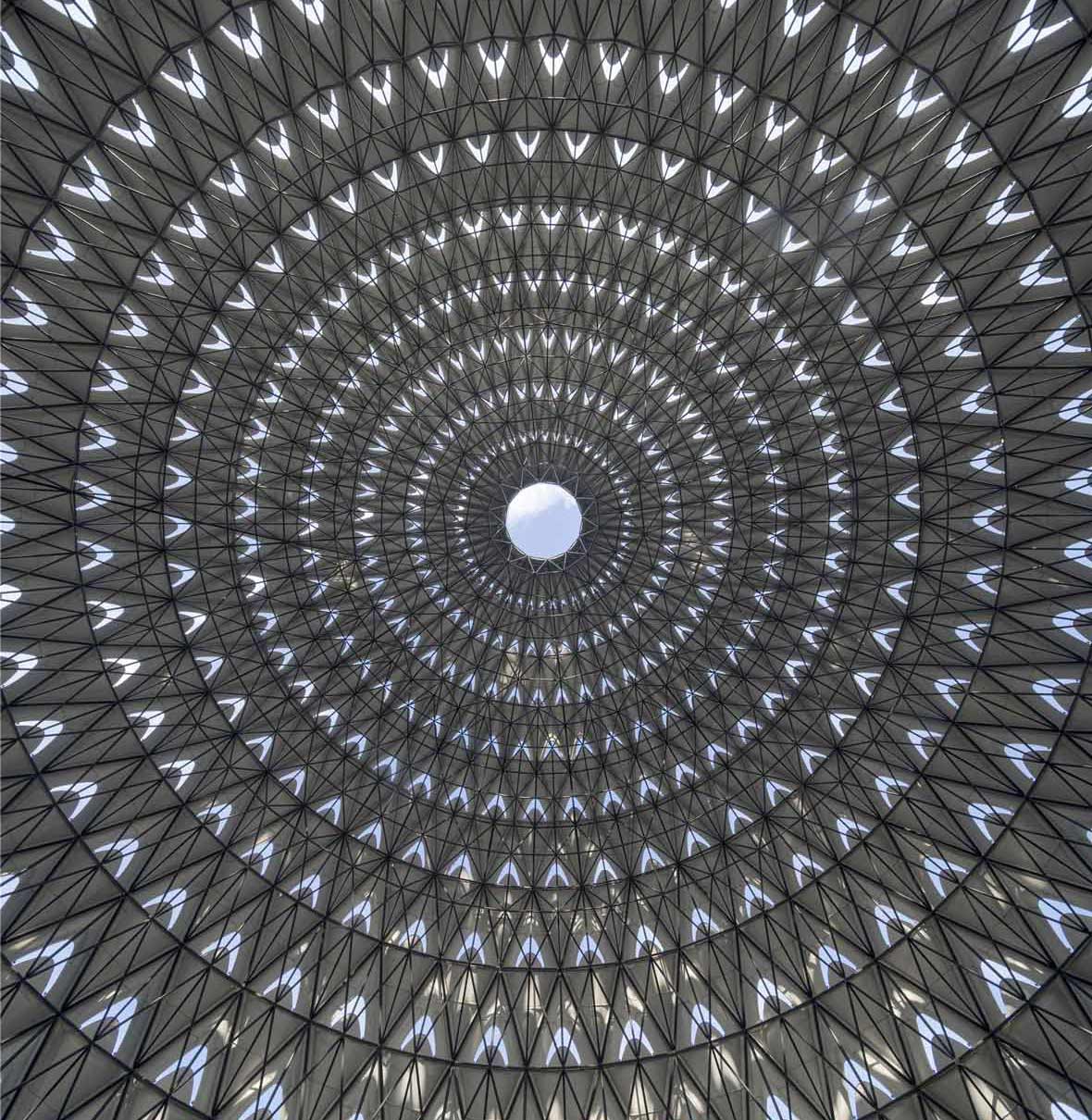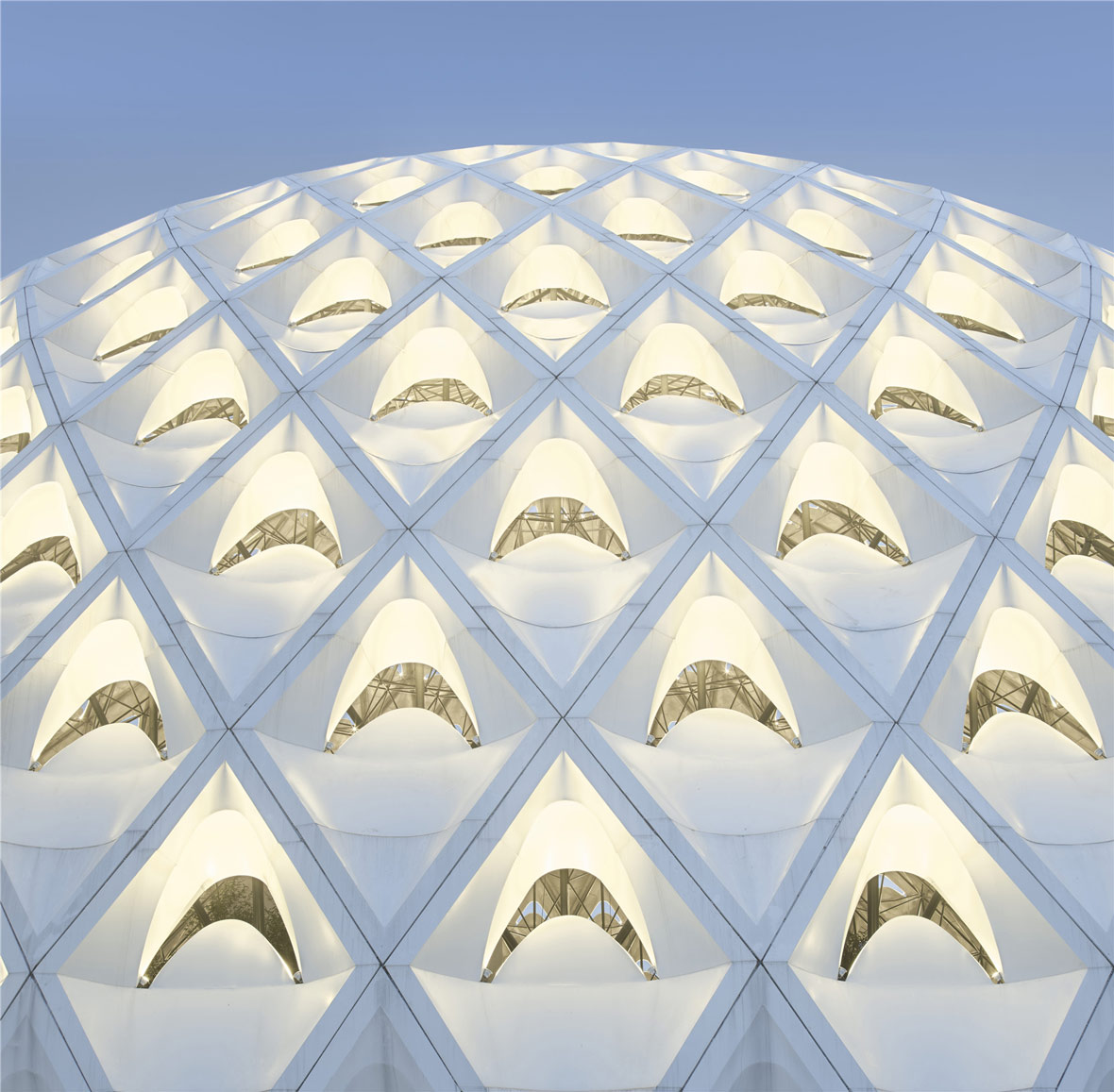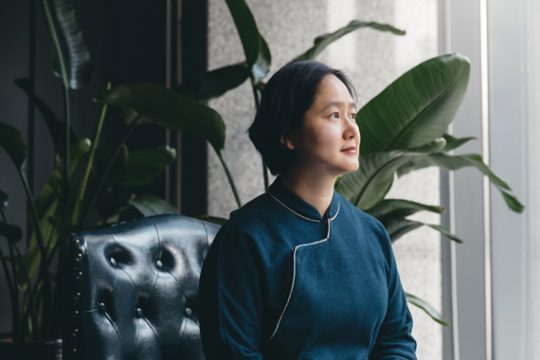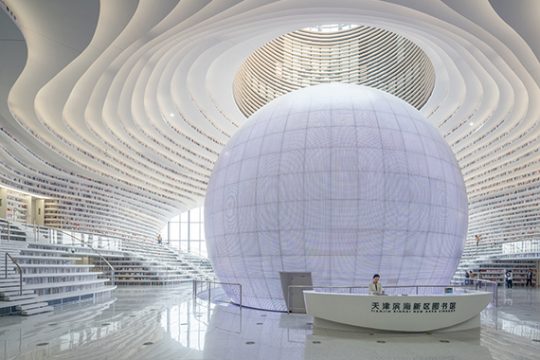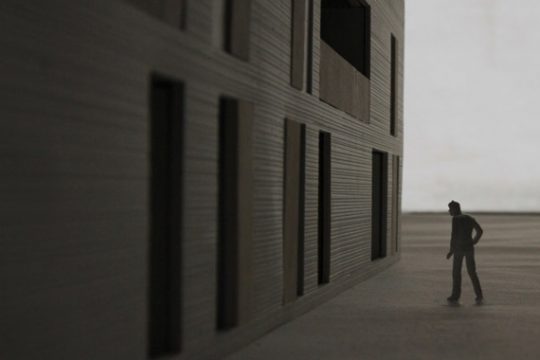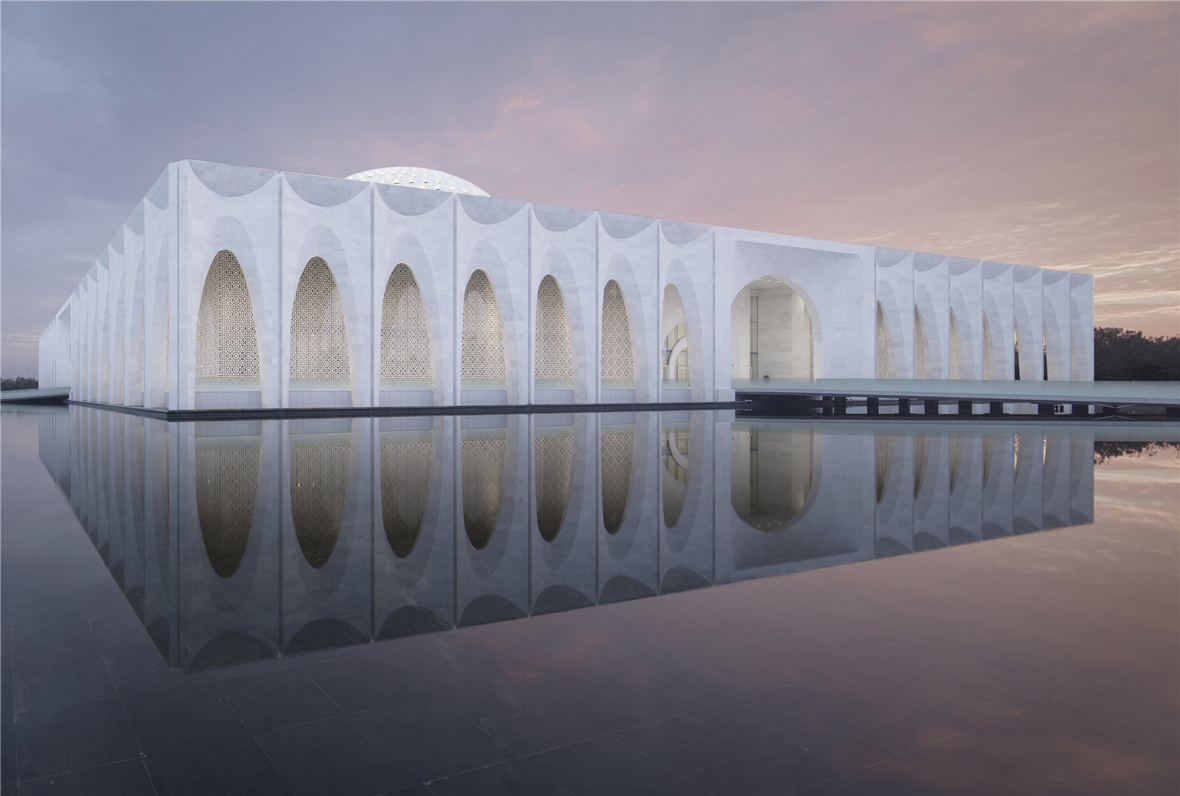
Cultural buildings have always been a specialty of prominent Chinese architect and professor He Jingtang. The Dachang Muslim Cultural Center will no doubt become another one of his masterpieces. Located in Dachang Hui Autonomous County in Hebei province, the project was planned by the local government to be an iconic design, that would embody the unique culture of Dachang and enhance the city’s soft power.
文化建筑一直以来都是中国建筑师何镜堂院士的“拿手好戏”。大厂民族宫项目无疑是他的又一力作。项目位于河北省廊坊的大厂回族自治县内,当地政府希望通过民族文化宫的建设,打造大厂面向全国的一张特色文化名片,提升城市的软实力。
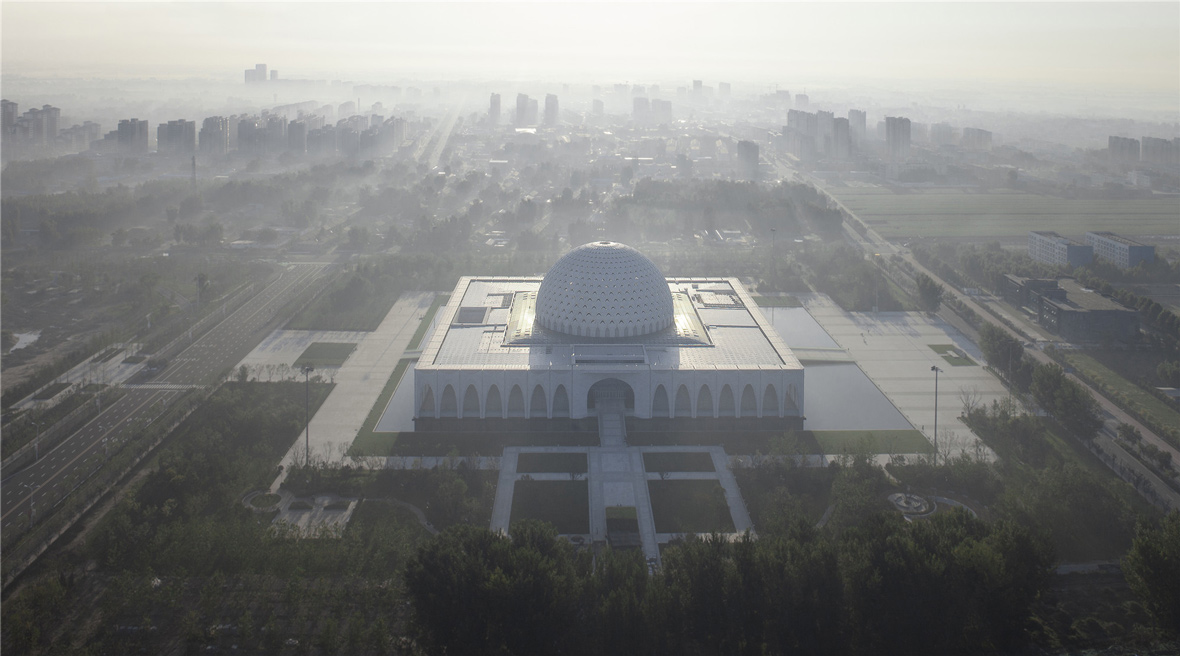
The Dachang Hui Autonomous County is a Muslim enclave just outside of Beijing. To invigorate the local Islamic culture and improve the quality of cultural life, the local government planned and developed the Dachang Muslim Cultural Center, a modern cultural complex that integrates the functions of a theatre, an exhibition space, convention hall and community center. It serves not only as a recreational center for the city, but it will also be an important cultural site for learning about the local religion and history. In addition to the many functions of the space, this ambitious project undoubtedly has posed many challenges to the design team, because of the area’s special ethnic composition, history, and religious beliefs.
大厂县是邻近北京的一个穆斯林族群聚居地。当地政府为了复兴穆斯林族群的伊斯兰文化,提升文化生活品质,兴建大厂民族宫。它是一个文化综合体,包括剧场、展览、会议、社区中心等功能。民族宫因此被赋予了多重功能,既是城市文娱中心,更是讲述当地宗教、历史的重要文化场所。项目所在地特殊的民族构成、历史文脉、宗教信仰,复杂的功能需求与文化地标的定位,无疑都给设计者带来很多挑战。
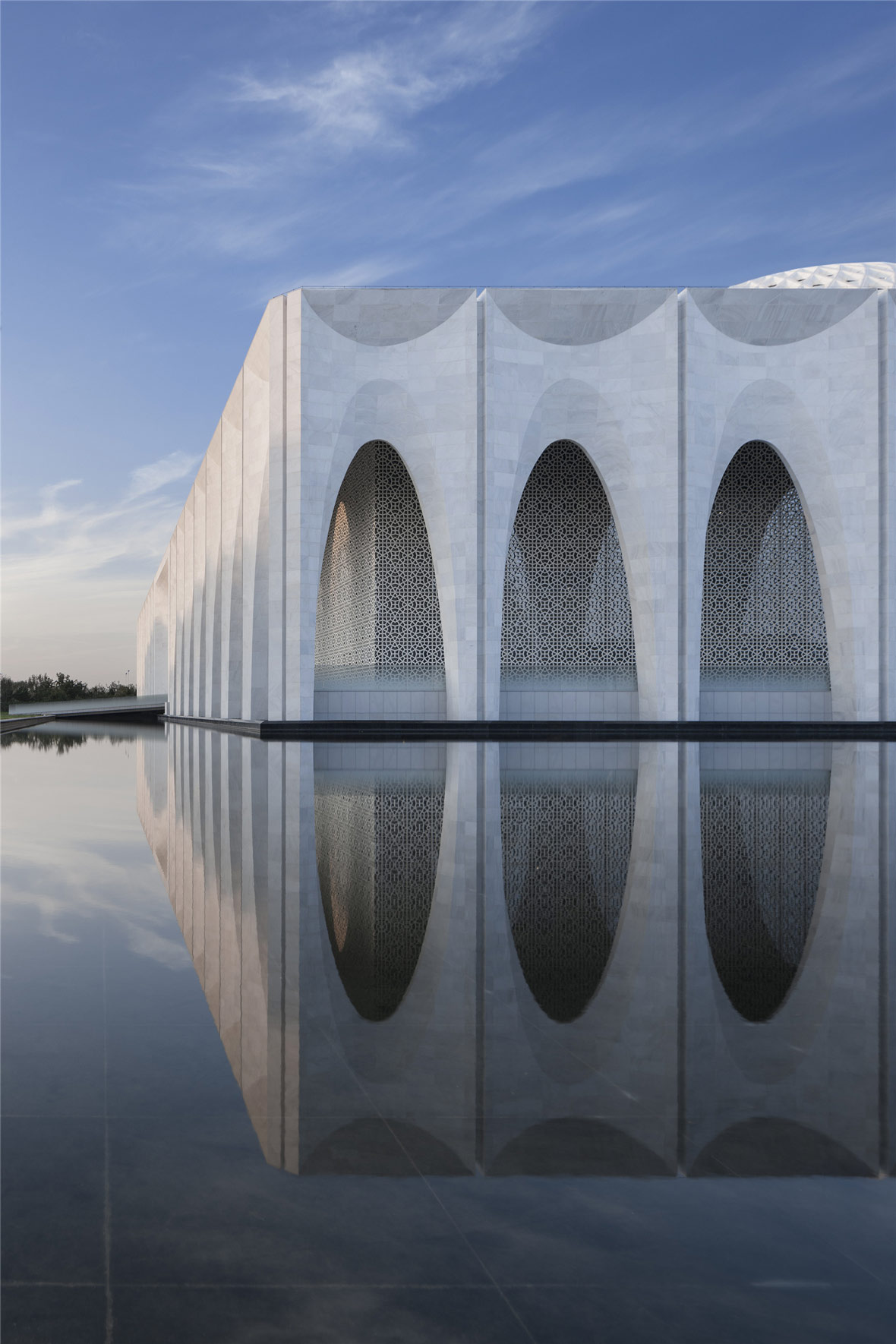
In his approach to design, He Jingtang has his own philosophy about architecture and innovation, which is typically based on the “two views”, or the holistic view and the sustainable development view, and the “three characters”, meaning the local character, cultural character and epochal character. Some of his previous award-winning work include the wrestling and badminton sporting venues built for the 2008 Beijing Olympics and the Chinese Pavilion for the Shanghai Expo in 2010, now renamed the China Art Museum. Taking the same considered design approach, the Dachang Muslim Cultural Center is similarly destined to become another classic structure.
在他的设计语言中,何镜堂有他自己的建筑和创新的哲学,基于”两观”,意为整体观和可持续发展观为出发点,还有“三性”,指地域性、文化性、时代性。他之前的获奖作品有2008年北京奥运会的摔跤和羽毛球场馆,2010年上海世博站的中国馆,现在被重名为中国艺术博物馆。运用同样考究的设计方法,大厂民族宫同样注定成为另一个经典的建筑。
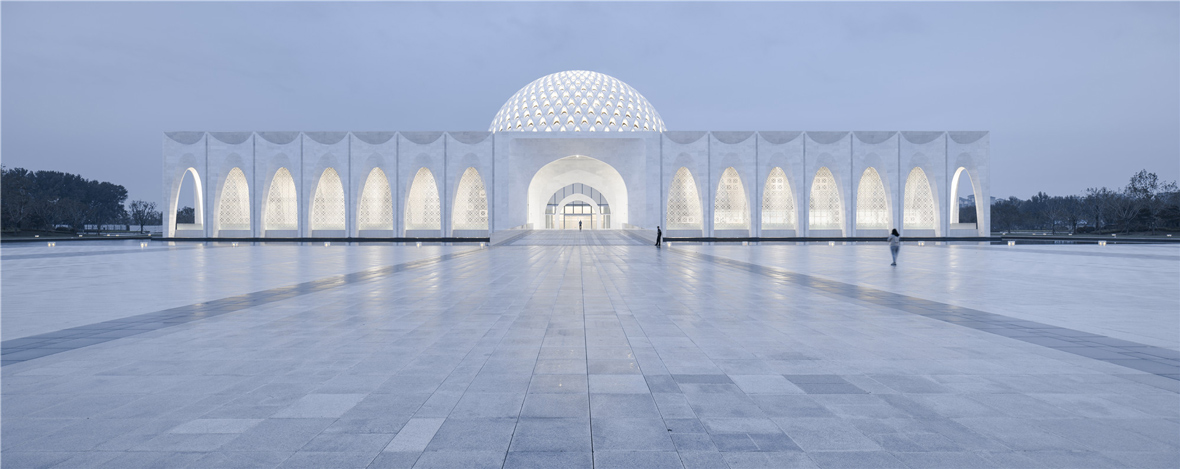
Based on the traditional mosque, the design of the building subtly reinterprets the spatial structures of mosques with new kinds of materials and technologies. The supporting outer arches taper into elegant curves from the bottom up, while the cambering petal-shaped arches reflected in the water look even more graceful and enchanting. The top dome is based on visual abstractions of Islamic symbols and is constructed with hundreds of petaloid shells, creatively transforming the interior space into a semi-outdoor garden, gloriously filled with sunshine, fresh air and vegetation. The Dachang Muslim Cultural Center will certainly become a sanctuary of sorts that will show people the brilliance of Islamic culture and provide its local residents with a worthy spiritual home.
建筑以传统的清真寺为原型,通过新的材料和技术,以微妙的方式来演绎清真寺的空间结构:四周环绕的拱券从下到上逐渐收分形成优雅的弧线。当整栋建筑倒影水中,弧形的花瓣形拱券更显清晰灵动,散发出优雅气质。建筑的穹顶不是简单复制伊斯兰的符号,而是一种抽象和转译。我们以一系列花瓣状的壳体构成穹顶,创造性地将内部空间变为半室外的屋顶花园,融合了阳光、空气和绿色。它将伊斯兰炫丽灿烂的文化以及人们期盼美好生活的愿景以一种诗意的方式呈现。这是一个家园般的文化中心,它为社区居民尤其是穆斯林族群提供了一个心灵栖息的场所。
